CSUN Gala Honors Legendary Director John Singleton in New Film Poster Exhibit
Fresh out of film school, a 24-year-old John Singleton joined some of Hollywood’s brightest stars as he took his seat at the 64th Academy Awards, making history as the first African American nominee and youngest nominee for Best Director — a record previously held by one of his cinema heroes, Orson Welles.
Combining his craft and passion for reflecting injustices in society, Singleton continued to make history.
On Feb. 20, CSUN’s Department of Cinema and Television Arts (CTVA) unveiled “John Singleton and the Auteurs that Inspired Him: An A and B Conversation,” an exhibit of film posters from Singleton’s personal collection, to honor the legacy of the late filmmaker. Singleton passed away last year at age 51.
Among those in attendance at the event was Sheila Ward, Singleton’s mother and chief executive of New Deal Productions (Singleton’s production company); actress Angela Bassett, whose prolific career blossomed after her role as Reva Devereaux in “Boyz N the Hood;” and Donald Petrie, director of “How to Lose a Guy in 10 Days” and CSUN alum.
During the ceremony, held at the end of the night in the Elaine and Alan Armer Screening Room, many were eager to raise a toast to Singleton’s life and career, including chief operating officer of the Academy of Motion Picture Arts and Sciences; Doris Berger, head of curatorial affairs at the highly anticipated Academy Museum; and production designer Keith Brian Burns and sound editor Greg Hedgepath, who worked with Singleton on numerous projects.
The collection, made possible by a collaboration between the CTVA department and the Singleton estate, is open to the public at CSUN’s Gallery of Film Poster Art in Manzanita Hall.
The exhibit features posters of some of Singleton’s greatest films, including “Boyz N the Hood,” which gave Singleton his Academy Award nomination, “Poetic Justice,” “Rosewood,” “Higher Learning” and “Baby Boy” — films centered on the lives of and injustices toward African Americans — and genre blockbusters “Four Brothers,” “Shaft” (the 2000 remake of the 1971 film) and “2 Fast 2 Furious.”
“Call it presaging, prophecy, plain old psychic or reading the writing on the wall — John Singleton was ahead of his time,” said CTVA professor Dianah E. Wynter, who curated the exhibit. She recalled a Los Angeles Times article that discussed how Singleton’s work foreshadowed today’s issues on race, sex and gun violence.
Continuing the celebration of Singleton’s work, the Armer Screening Room, adjacent to the exhibit, also recently screened “Poetic Justice” and will screen “Boyz N the Hood” on Thursday, Feb. 27.
“As he expanded into more commercial fare after ‘Rosewood,’ Singleton would then indulge in his love of the genres of the auteurs that inspired him,” Wynter said. “These genres were lovingly represented in his vintage poster collection.”
Mixed in with Singleton’s own titles were posters of films from auteurs Orson Welles, Francois Truffaut, Sergio Leone, Akira Kurosawa, Tadashi Sawashima and Gordon Parks, who directed the original “Shaft” films. Some of the posters are from Japan, Germany and Italy.
“When Dianah [Wynter] came to me with this idea, I was so excited,” said Thelma Vickroy, chair of the CTVA department. “It was a wonderful moment to have something that represents [Singleton’s] thoughts, processes and the things he fell in love with as he was learning cinema … and to honor John, to honor his vision and to honor new filmmakers and new visionaries.”
The audience inside the theater was treated to a special tribute montage by the Director’s Guild of America, which highlighted some of the most iconic moments in Singleton’s directorial work in film, TV and even in Michael Jackson’s “Remember the Time” music video.
“Let’s take a moment, and let’s hear from John Singleton,” Wynter said as she started the video.
When the projector whirred to life, there was the vibrant Singleton in 2013, talking to the camera:
“My name is John Singleton. I was born in South Central Los Angeles. I’ve lived in L.A. all my life. I guess I was born to tell stories.”

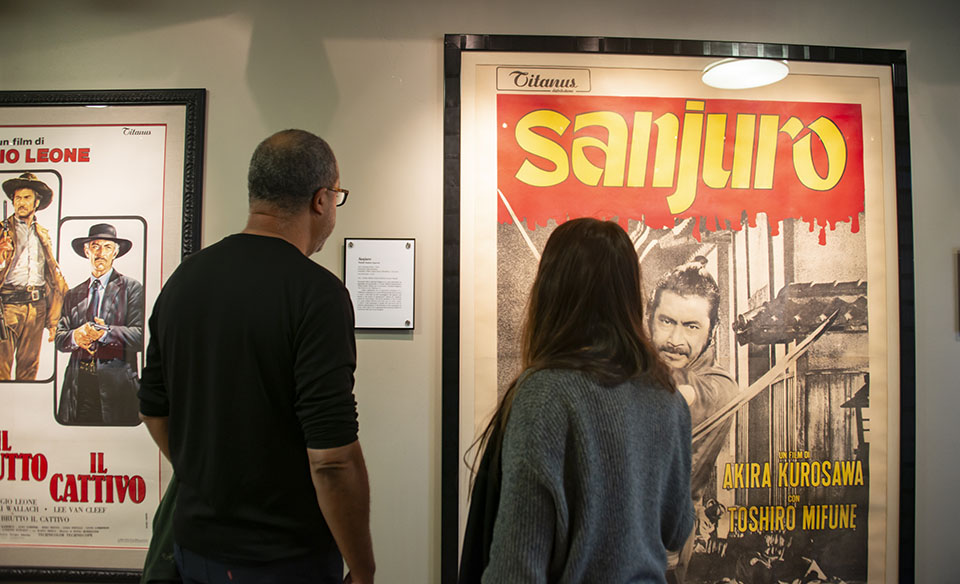

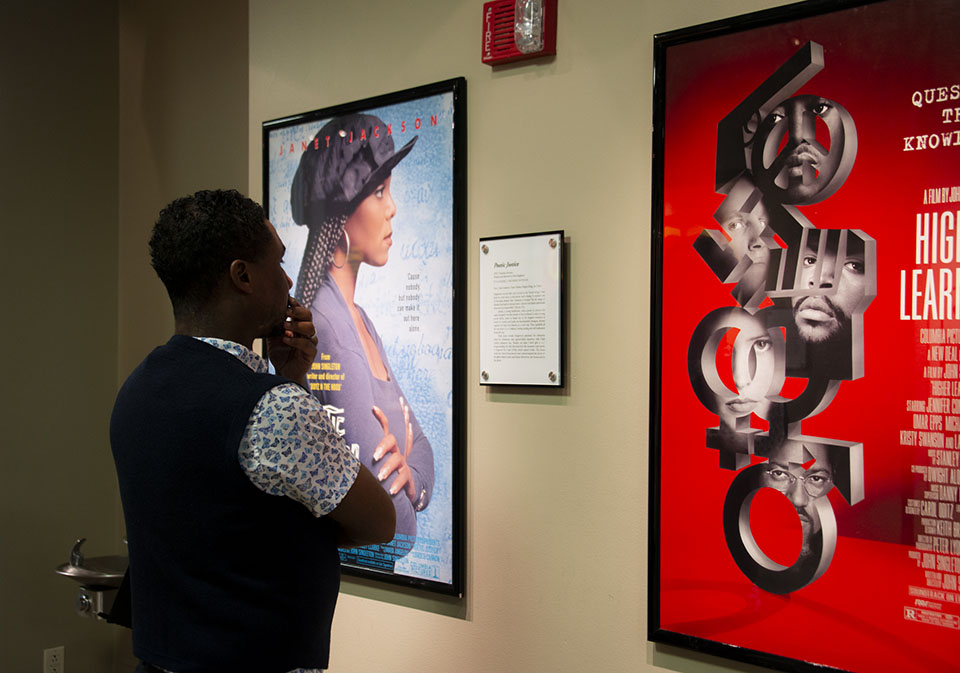
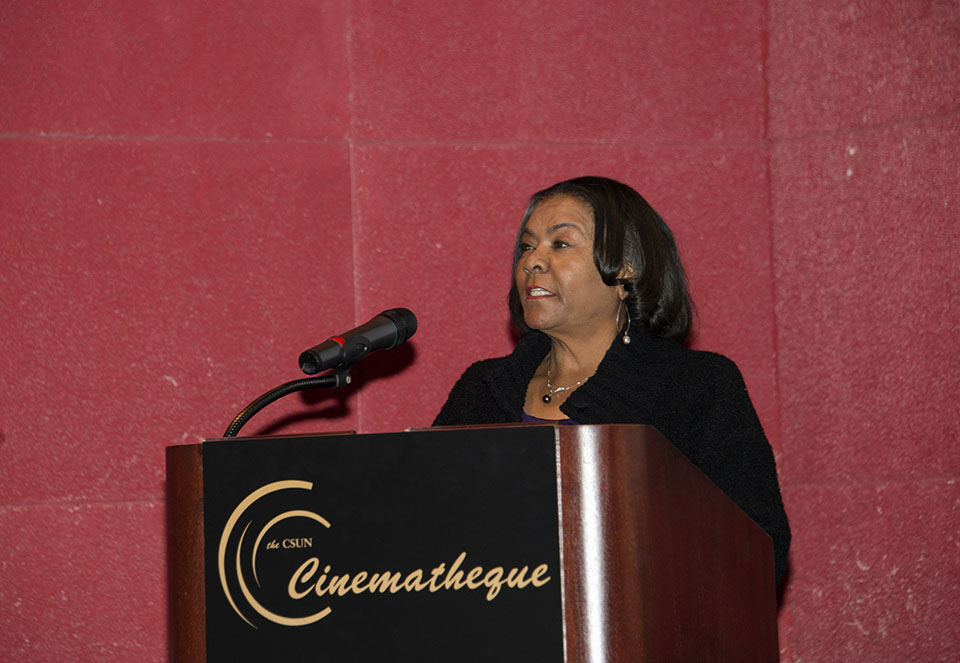
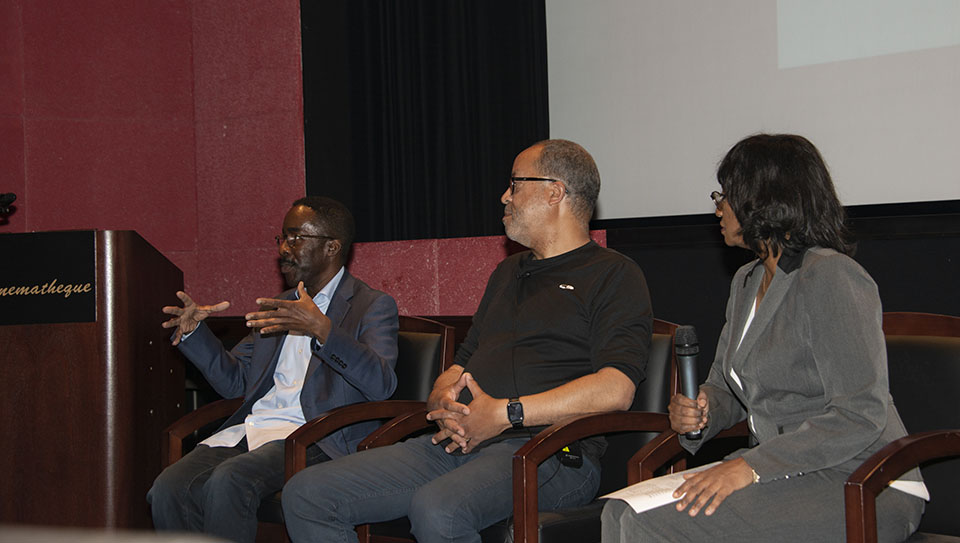
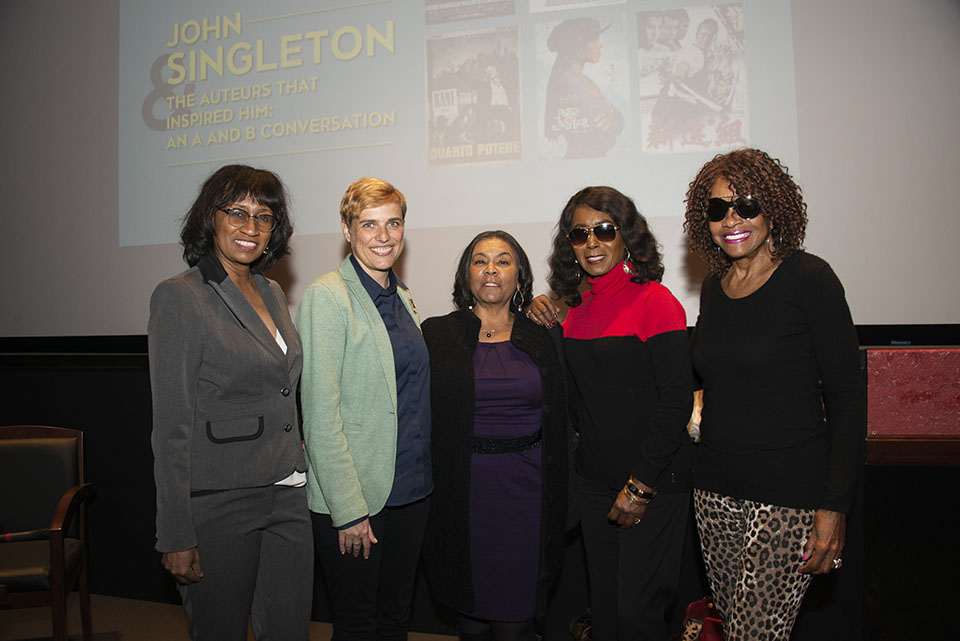
 experience
experience